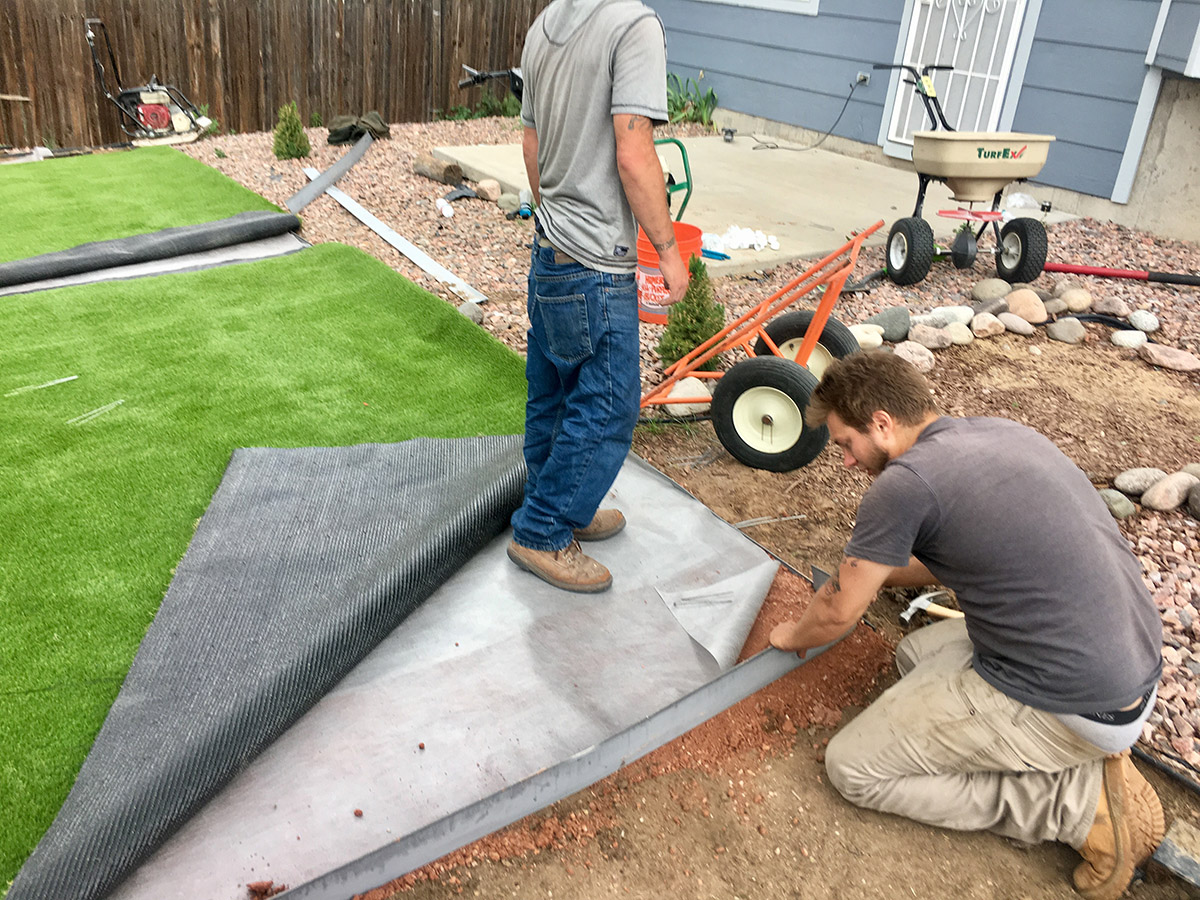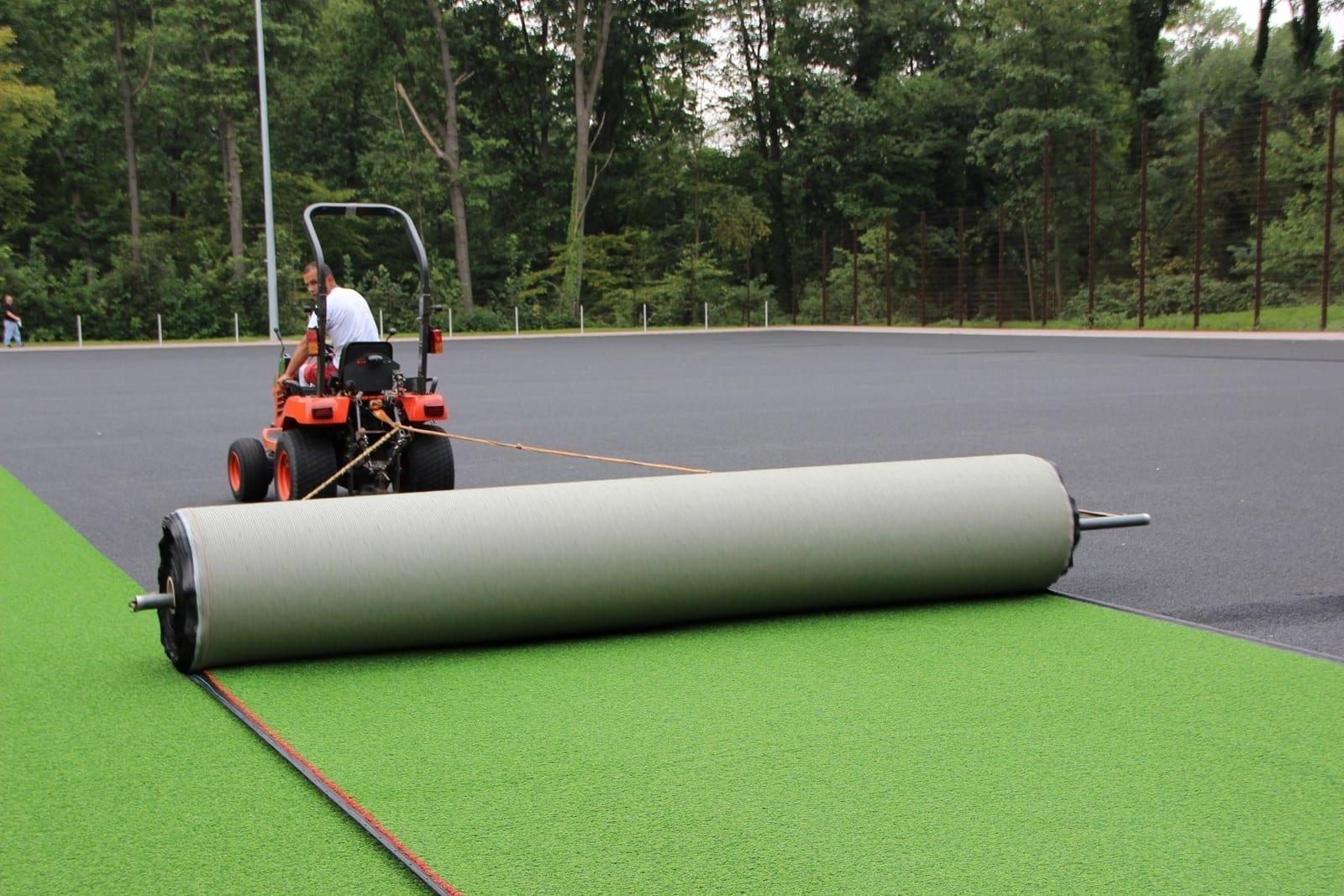Luxury Arizona Turf Installation Solutions for Residences and Commercial Properties
Luxury Arizona Turf Installation Solutions for Residences and Commercial Properties
Blog Article
Delve Into the Environmental Benefits of Opting for Artificial Grass Solutions
The fostering of man-made grass solutions provides a compelling chance to resolve pressing ecological challenges. By substantially lowering water usage and decreasing the application of dangerous chemicals, these choices not only advertise lasting landscaping yet also shield regional communities. The lower carbon impact associated with decreased maintenance tasks contributes to a more sustainable method to land management. The effects of these advantages extend beyond plain preservation efforts, raising inquiries regarding their long-lasting effect on habitat conservation and overall ecological balance. Exploring these dimensions reveals a complex interaction worth taking into consideration.
Water Conservation Benefits
One of the most substantial advantages of artificial grass is its capability to save water. In contrast, artificial lawn does not require watering, significantly minimizing the total demand for water sources.
By eliminating the need for normal watering, man-made lawn adds to sustainable landscape practices and helps reduce the environmental effect of too much water usage. The preservation of water prolongs to the decrease of drainage, which can lead to soil disintegration and river contamination.
Furthermore, the setup of synthetic grass allows districts and homeowners to designate water sources a lot more efficiently, concentrating on vital uses such as alcohol consumption water and farming. The change towards fabricated turf not only promotes liable water use yet likewise straightens with wider environmental objectives focused on maintaining natural deposits.
As areas significantly focus on sustainability, the water preservation advantages of fabricated grass offer a compelling case for its fostering in household and business landscape design projects.
Reduced Chemical Use
The transition to synthetic grass significantly reduces the dependence on chemical treatments typically made use of in natural grass maintenance. Conventional grass administration usually entails the application of plant foods, herbicides, and pesticides to promote growth and control bugs. These chemicals can position risks to human health and wellness, neighborhood wildlife, and the environment, contributing to dirt and water contamination.
On the other hand, synthetic grass gets rid of the need for these unsafe compounds. When set up, it needs minimal upkeep, primarily being composed of normal cleansing and irregular infill replenishment. This decrease in chemical use not only benefits the instant setting but also contributes to broader eco-friendly stability. By reducing the release of artificial substances right into the ecological community, synthetic grass advertises much healthier soil and water supply.
Additionally, the absence of chemical overflow related to man-made lawn installations helps secure regional rivers from pollution, sustaining marine life and preserving biodiversity. Turf installation phoenix az. As areas increasingly prioritize sustainable practices, choosing synthetic grass presents a viable option that aligns with environmental preservation objectives. Via this change, homeowner can take pleasure in lavish eco-friendly areas without jeopardizing environmental wellness, leading the way for a more sustainable future
Lower Carbon Impact

Additionally, the installment of synthetic grass can cause substantial water preservation. All-natural grass call for considerable quantities of water for watering, which not just includes in the carbon footprint related to water removal and treatment but likewise strains regional water resources. On the other hand, synthetic grass requires very little maintenance, calling for no watering, consequently significantly lowering water use and its linked energy prices.
In addition, the durability of synthetic grass adds to its decreased carbon influence. With a lifespan of up to 15 years or more, the requirement for frequent replacements is reduced, leading to less waste and lower power intake in manufacturing and throwing away standard grass options. On the whole, synthetic grass provides a lasting option for environmentally mindful landscaping.
Habitat Conservation
Habitat preservation is a critical factor to consider in the discussion over landscaping choices, specifically when contrasting synthetic grass to all-natural grass. All-natural grass yards often need considerable maintenance, consisting of using herbicides, pesticides, and fertilizers, which can adversely influence regional communities. These chemicals can seep into the soil and waterways, damaging indigenous plants and fauna and interrupting regional environments.
In comparison, man-made grass offers a chance to minimize the eco-friendly footprint of landscape design. By opting for artificial turf, house owners can minimize the interruption of natural habitats related to typical lawn treatment practices. Synthetic grass gets rid of the requirement for damaging chemicals, therefore protecting neighboring wildlife and maintaining the honesty of bordering environments. The installment of fabricated turf can lead to the conversion of former yard locations right into more biodiverse landscapes, such as pollinator yards or native plant areas, which can sustain neighborhood wild animals.
Inevitably, the shift Read Full Article to man-made turf not just conserves water and decreases upkeep efforts however also fosters a more harmonious relationship between human tasks and the all-natural setting, advertising environment preservation in the process.
Long-Term Sustainability
Lasting sustainability is an essential consider examining the advantages of synthetic grass over conventional yard yards. Among the most considerable view it now benefits of man-made turf is its resilience; it can last approximately 15-20 years with marginal upkeep, whereas all-natural lawn calls for frequent reseeding and substitute. This durability lowers the requirement for consistent resources, such as water, plant foods, and chemicals, which are important for preserving a healthy and balanced grass lawn.
Furthermore, man-made grass adds to a reduction in carbon discharges connected with lawn care tools. Conventional lawns commonly call for gas-powered mowers, trimmers, and blowers, all of which add to air contamination. Arizona artificial turf. On the other hand, synthetic turf gets rid of the need for such tools, advertising a cleaner atmosphere
Additionally, the manufacturing of synthetic turf progressively makes use of recycled products, improving its sustainability profile. As producers embrace environmentally friendly practices, the environmental footprint of synthetic grass remains to decrease.

Final Thought
The fostering of fabricated lawn remedies provides substantial ecological benefits, including significant water preservation, lowered dependence on dangerous chemicals, and a lower carbon impact. In addition, fabricated lawn aids in protecting natural environments by lessening land disruption and promoting long-lasting sustainability via the usage of long lasting materials. Collectively, these elements highlight the possibility of synthetic grass to add favorably to ecological health and supply a practical option to standard landscape design techniques in a significantly resource-conscious globe.
In comparison, fabricated lawn does not need watering, substantially minimizing the overall need for water resources. By lessening the launch of synthetic substances right into the environment, synthetic turf promotes much healthier soil and water systems.
Furthermore, the installation of man-made lawn can result in considerable water conservation. In comparison, fabricated lawn needs marginal upkeep, requiring no watering, therefore significantly decreasing water usage and its associated power prices.

Report this page